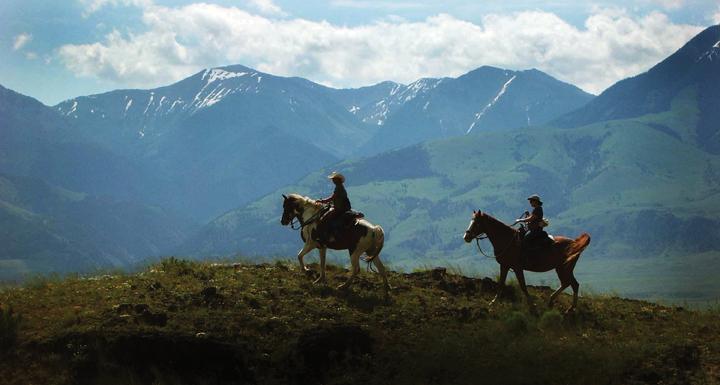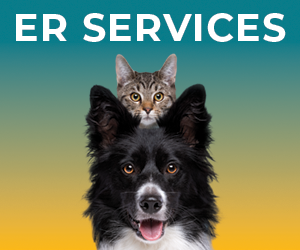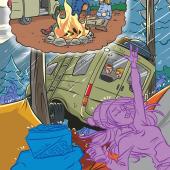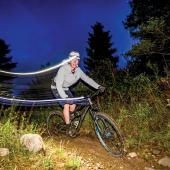Mountain Roundup
Just by turning in my saddle, I could see ten different mountain ranges. The isolated and fierce Crazies, the Big Belts, the Castle Mountains, and the majestic Gallatin and Bridger ranges were to my left, scraping against an azure sky. Straight in front of me, as the crow flies, about 100 miles to the north, were the Little Belts and the Snowies, floating in a sea of gold grass. To my right, in the orchid haze of the distance, I could see the Big Horns and the Pryors; directly behind me, Bear’s Tooth Peak scratched the sky from the middle of the rugged Absaroka-Beartooth Mountains.
We’d started before daybreak. Although the horses had been brought to the corral the evening before, they were still spooky in the early morning darkness. The mare that I would ride, Anna, was a tall sorrel with thoroughbred lineage. Food, water, and raingear were stuffed into saddlebags, and we all climbed into the cabs of well-used pickups and rattled out over rough roads into the backcountry. We climbed to about 6,000 feet, but were still roughly 5,000 feet below the highest peak in the area. By then we were well into the northern front of the Absaroka-Beartooths and when the road faded away, we stopped and unloaded the horses. After checking our gear and mounting up, we broke up into groups of twos and threes to spread out over vast spaces.
I was paired with a quintessential American cowboy. Duane was handsome, rugged, bold, and dashing. Devilishly charming when dressed up on a Saturday night, he looked good even when covered in mud and manure. It was his cattle I was helping to round up. While the rest of us rode along slopes and ridges, Duane would disappear down into steep, craggy gulches and crevices at full speed. We rode, gathering cow/calf pairs from beneath timber and lush little glens shadowed by towering cliffs of Precambrian rock. Our plan was to push the cattle down coulees and gullies, group and count them, then drive the bovine herd up over a saddle between two peaks and down into Bridger Creek to a long, dusty, and winding road that led to their next pasture.
We followed the terrain down, trailing the cattle through verdant glades fed by springs and awash in green light. Velvety, emerald mosses blanketed the feet of the cliffs; ferns swayed in soft, shadowy breezes that carried the scents of mint, watercress, and marsh marigolds while tiny waterfalls harmonized their melodies.
Slowly we began our last climb, up to the 7,000-foot saddle. At the top we rested the horses and cattle while we all ate a quick lunch. We surveyed terrain with its raucous history written out in place names: Froze-To-Death Mountain, Placer Gold Gulch, Horse Thief Canyon, Battle Butte, Dead Man’s Basin, Coffin Butte, Loco Mountain.
As the day warmed and the cattle, horses, and people grew tired, we drove the cattle down to the dusty, winding road. That’s when the real work began. The cows could see and smell green, fenced pastures and fresh water and that’s where they wanted to take their tired, dusty calves. Any weakness in a fence or promising path up a slope was quickly exploited by the cagey cows.
Anna, bless her, had been patient and steady all day. When a cow/calf pair broke away, I didn’t hesitate to follow them across a stream and into a thicket of willow saplings with two cow dogs on our heels. As we came up on the misbehaving duo, the dogs barked and nipped at the cows’ heels, herding them back to the road. The cow—tired, angry, and protective of her calf—charged the dogs and tried to run under my horse. Of course, Anna didn’t particularly care for that and all hell broke loose.
Both horse and cow bellowed and bucked; water and barbed wire flew everywhere. The dogs, yelping frantically, dashed in and out of flying hooves. I had no idea where the calf was. The other riders flashed across my field of vision, frozen in place, their mouths open wide enough to catch flies.
Now, I hadn’t ridden since the accident that broke my leg years before and I had spent way too much time as a city girl. But instinct, honed by girlhood years on horseback, kept me in the saddle.
Poor Anna was trembling when it was all over, but she was unhurt, as were the dogs, the cow, and her calf. When the next cow/calf pair tried to cross the stream and go through a fence, I tried to jump off so I could haze the pair back from the opposite side of the fence. But I couldn’t get my leg to move.
The muscles, tendons, and bones in my leg seemed completely unattached to each other. I quelled a rising panic about permanent damage; after all, we were miles from anywhere and I didn’t have a lot of options. I kept riding. Soon a pickup and horse trailer came into view. I jumped at the chance to stop riding and just let the veterans like Duane finish the job.
Another rider held Anna steady while I dismounted, using both hands to lift and move my leg up and over Anna’s back. Luckily, it only took an hour or so of limping before circulation restored feeling and function to my leg and I only had to limp for the next two or three days.
I have since given up city life. I’ve come back to my roots and I ride into those hills on a regular basis as I try to retrain a few former race horses. Climbing on those thoroughbreds for the first few times can be something of an extreme sport. They seem to have a preference for spending a lot of time dancing around up on their hind legs while I practice standing on daylight.












